Pocket chronometers with detent escapement
Andrew Babanin
You can hardly find a modern watch with detent escapement. Nowadays there are only marine chronometers still have such a pretty nice regulator. Believe me - detent escapement - is more consistent than any other escapement, even traditional lever. Accuracy of this regulateur is reputable and much more closer to quartz watches. There's a range about 2-3 seconds per day! Compare with lever range +40 / -20 seconds per day. Even COSC certified chronometers has worse features. It could be the best except one thing. If you shake it or hit a bit - it can halt with no damage. It was possible to wear such king of escapement in pockets but absolutely impossible in wrist watches.
Not far away the only way to measure exact time was to calculate it according to astronomical observations, so there were observatories in mountains keeping exact time. For the first time they used quite primitive timekeepers, then there were pendulum regulateurs de parquet. For overseas cruises they used marine chronometers. For sure pendulum clocks are not fit for a boat :) - suffered of nausea.
So there was invented quite dodgy device to allow the movement to stay in horizontal position (I mean gimbals). Detent escapement was the best to keep accurate time for weeks.
So in this way you could hardly find a flaw of this escapement. But still for what reason there were produced pocket chronometers? The answer is - nobody heard about GPS systems :)), so all society still relied on observatory time measurements. Pocket chronometers were in demand just to synchronize time between timekeepers (for example between observatory and town reference clock).
Here's a movement made by Lipman (LIP) in the beginning of 20s (Circa 1910-1930). It had been placed in a hunter gold case. There's nothing interesting on a dial - as blank as many dials of that period.

Fig.1 Bimetallic balance wheel with helical hairspring. In most systems it has two pallet jewels (one placed in a roller cut). Here there's the only jewel and the roller has a specially shaped cut. Its walls replace the second pallet jewel (underneath)

Fig.2 Parts of detent escapement: escape wheel and spring detent
Spring detent consists of a passing spring - very sensitive made of gold and locking pallet jewel.

Fig.3 Escape wheel and spring detent are mounted on the plate

Fig.4 Regulator assembled

Fig.5 After cleaning and lubricating it works like a new one.
Here I posted a few pics of pivoted detent chronometer. Very interesting movement with first system of keyless works!
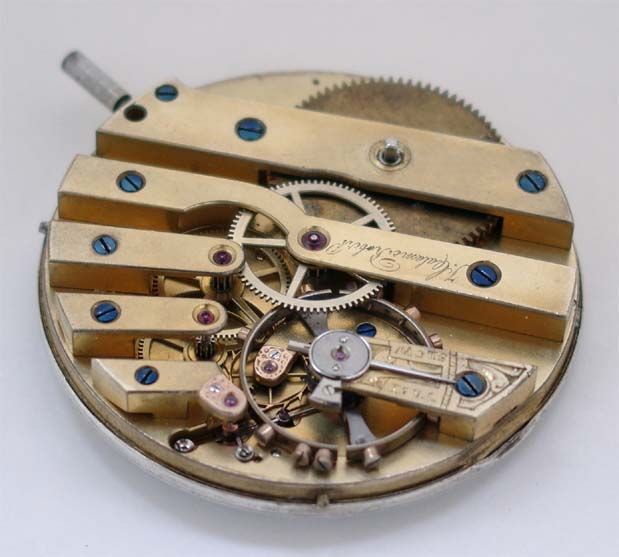
Fig.6 J. Calame Robert chronometer with pivoted detent. A luxury movement with expensive stud holder and bimetallic balance
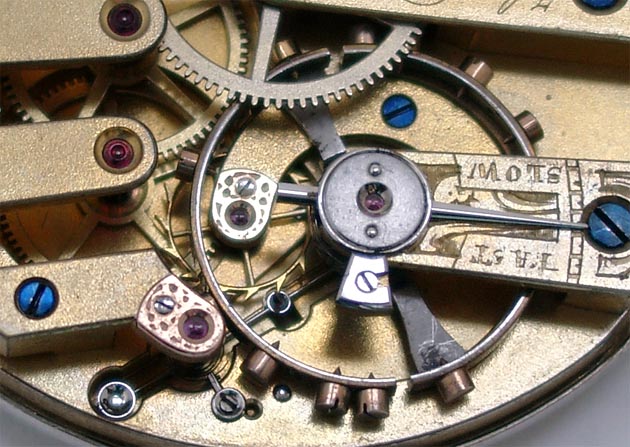
Fig.7 A closer look at the regulator system. Cap jewel settings are made of solid gold
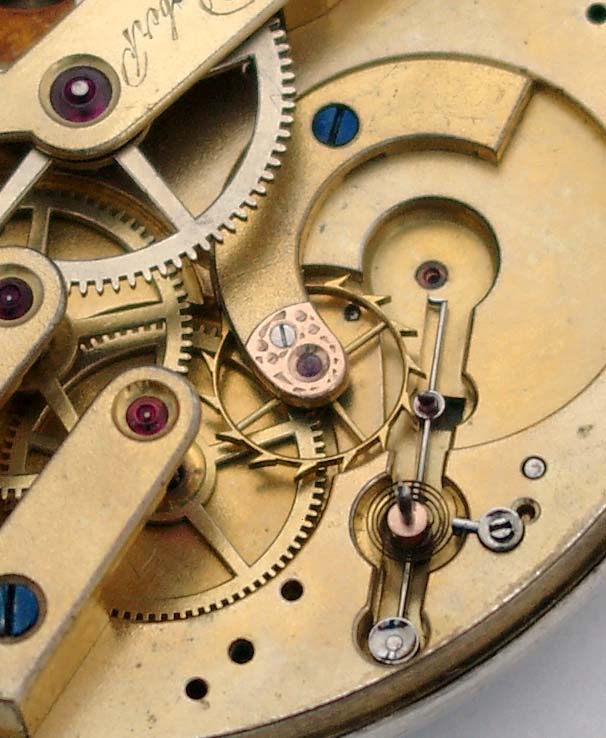
Fig.8 You can notice a hairspring on the detent
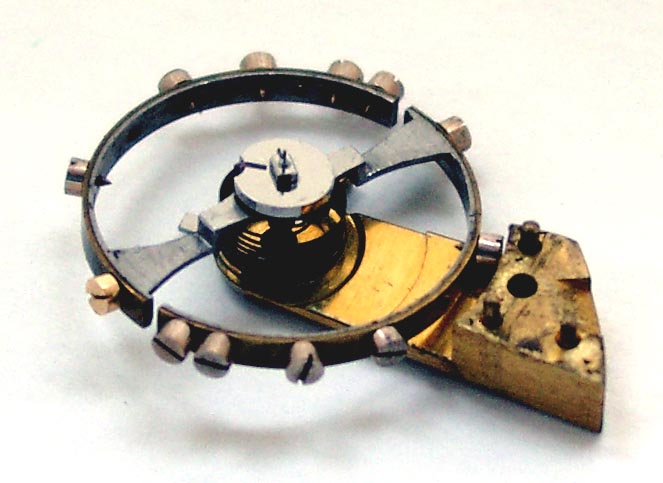
Fig.9 Balance wheel with two pallet jewels. Regulating screws are made of gold
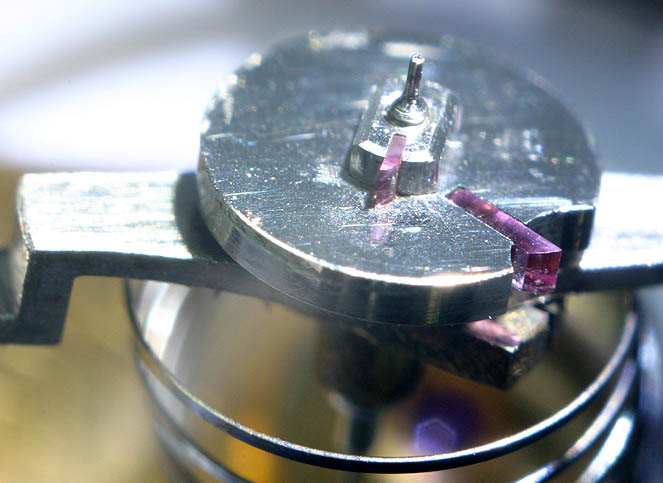
Fig.10 Two pallet jewels of the balance wheel. Macro view
Do not hesitate to contact me if you've got any additions and notes. Thanx.
Back to list
 English
English –†—Г—Б—Б–Ї–Є–є
–†—Г—Б—Б–Ї–Є–є